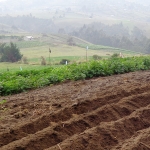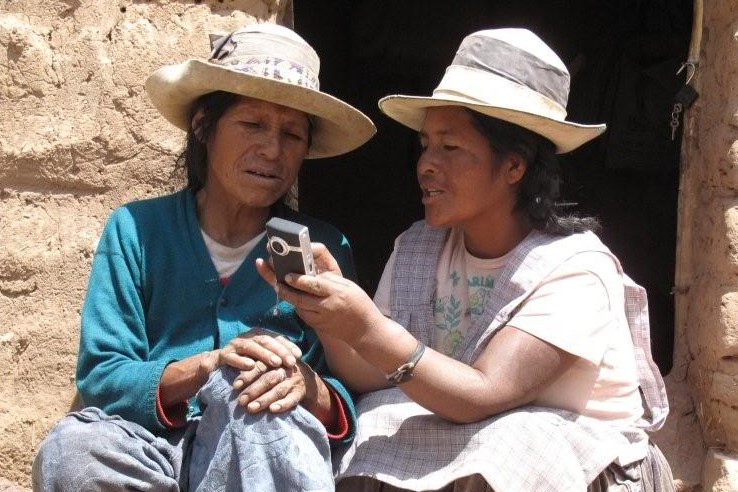


Agro-Insight
Bolivia
5/2016—5/2018
In 2002, Paul Van Mele, a long time researcher within the CGIAR system, began to make farmer videos because he felt that farmers were being left out of the formal research and innovation cycles. His organization became AgroInsight and their approach is based on a farmer to farmer extension model, where farmers, with the aid of outsiders who help to write the script and film the videos, speak to other farmers about new innovations in farming for specific contexts and why they work in general.The associated Access Agriculture website has well over 100 farmer videos in over a dozen languages available for free streaming and download. The videos are “designed with scientific information that is new to farmers, but presented by farmers who have mastered this new information over a number of seasons and added their own innovations to it. Through various impact studies, Agroinsights has shown the effectiveness of these videos in terms of generating farmer interest, inspiring innovation, creating new farmer knowledge that is frequently shared, developing social capital, and improving women’s lives.No videos have been done in Latin America by AgroInsights and they are interested in extending their South-South farmer-to-farmer extension approach to this continent. Studies in other areas have shown that the videos are effective when brought to new contexts as long as they are translated into the native language. Thus there is a need to (a) share useful videos from other regions to benefit farmers in the Andes and elsewhere, and also (b) make videos that share CCRP results regionally and globally. The CCRP strongly encourages projects to publish their results in a variety of media including peer reviewed journals, grey literature and farmer oriented extension publications, both as a way of communicating a public good and to encourage use, but also because the act of systemizing research produces knowledge and learning. Farmer videos are a promising means to share CCRP research findings to a potentially large farmer audience.
The purpose of this proposal is to spread farmer-tested innovations more widely through the use of videos. Agro-Insight proposes to work with CCRP grantees and some of the farm communities they serve to film videos with farmers (women, men, and youth) who have had experience testing, using, or adapting technical innovations from agricultural research, especially from CCRP projects. The videos, two of which will be produced in Bolivia, will include versions in Spanish, Quechua, and English. Agro-Insight will produce an accompanying DVD containing the videos, and will advise grantees on how to distribute and screen them in local rural communities so that women and youth are included. Afterwards, Agro-Insight will conduct a follow-up study of farmers’ receptivity to the videos and their ability to provoke changes. Since Agro-Insight has not worked with Latin American farmers in the past, the organization is particularly interested in these farmers’ reactions to videos from other continents. The implications are important, because if farmers accept videos from other regions of the world, it will confirm that information can be shared cross-culturally in an effective manner using videos, as long as they are translated into languages that the audience understands.
